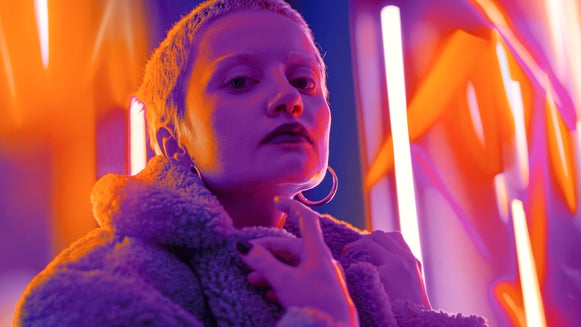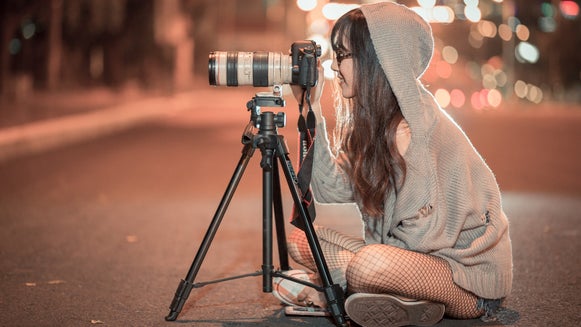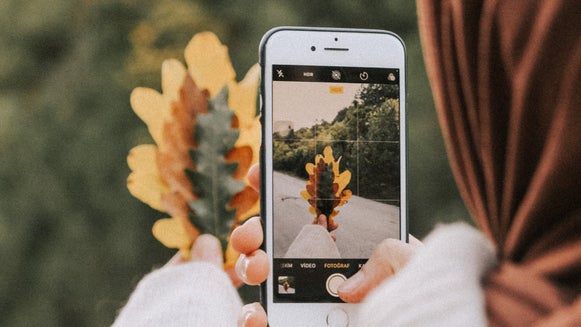Photography Equipment for Beginners

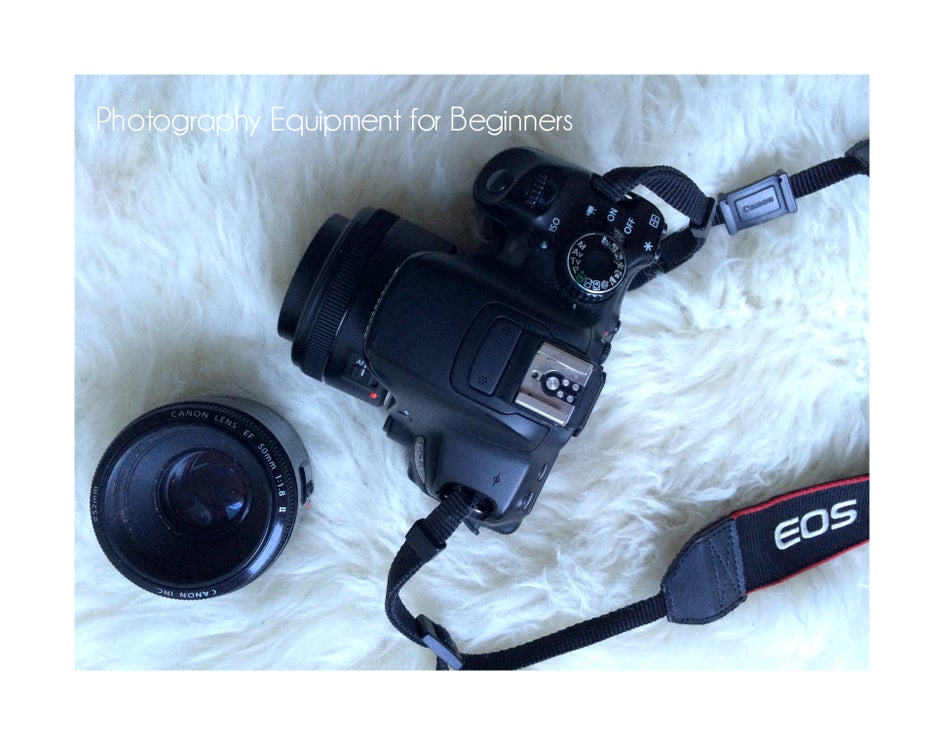
The amount of photography equipment on the market is mind-boggling. There are copious amounts of point and shoot cameras, cell phone cameras, DSLRs, editing software, and then a massive line of accessories for every single brand of camera. For beginners looking to maximize their potential and minimize their spending, the purchasing process can be daunting! Since I’ve been shooting with an entry-level DSLR for the past 8 years and making do with equipment that doesn't break the bank, here are my top five recommendations for equipment you can use to get started:
1. Choose a DSLR: I currently shoot with a Canon T4i and have been shooting with a Canon DSLR for 10 years, but the gigantic Canon vs. Nikon debate is definitely a matter of personal preference. To choose, be sure to visit a store and handle both cameras to get a good feel for the camera that suits you. If you're interested in learning photography or starting a blog, you may even want to skip the point and shoot cameras and cell phone cameras. Check out the Nikon D3300, a great entry level Nikon, or the Canon T5i which includes HD video! Both of the cameras, with a kit lens, will run you around $500-$700.
2. Upgrade your kit lens: Once you buy a DSLR, you'll want to upgrade your kit lens to a high quality, fixed lens like the "nifty fifty." For Canon DSLR's the "nifty fifty" is a fixed 50mm f/1.8 lens that captures great low-light, crisp photos! I use it for every single image I shoot and am never disappointed in the image quality. It's touted as an awesome lens because it shoots so well and is one of the cheapest lenses on the market ($125). Nikon also has a 50mm lens that runs at a cost under $120.
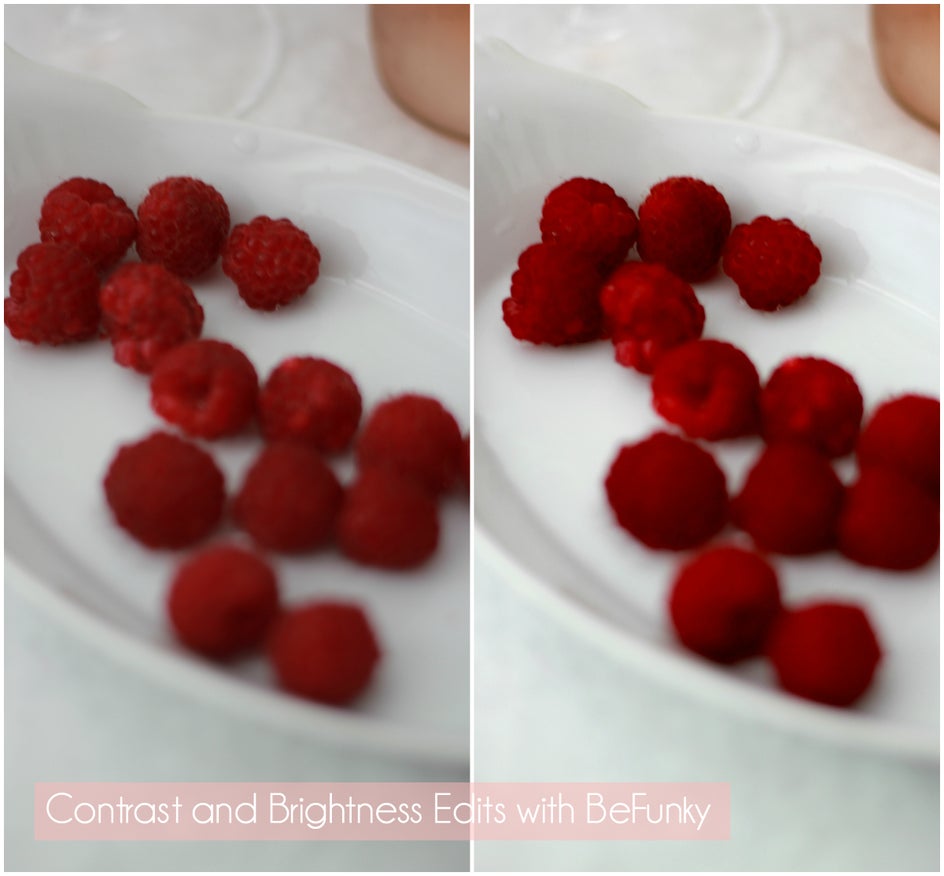
3. Use photo editing software: Once you start shooting, you'll realize that editing your photos is critical. Most photographers do basic adjustments on photos like increasing sharpness, increasing brightness and contrast, and often changing or correcting for color tone. If you're looking to get around spending hundreds on Photoshop, you can use free online editing tools like BeFunky for simple edits.
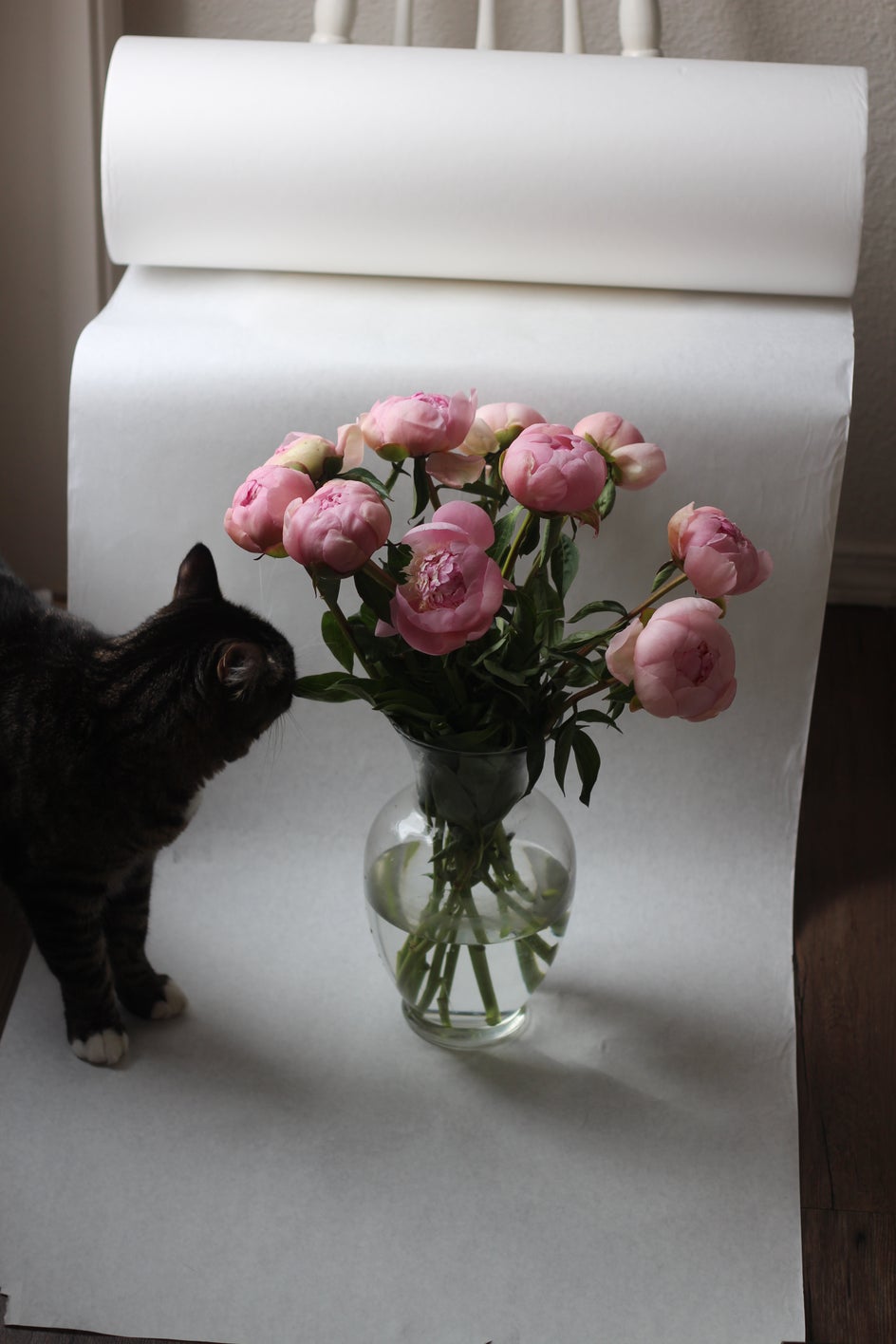
- Create a Mini Photo Studio for Yourself: A really inexpensive way to shoot high quality photos of products or to capture small details is to create a DIY light box or mini photo studio. These usually cost under $30 to create and can be made using items in your own home. One option is to use a roll of butcher paper to create a bright white backdrop for photos (backdrop tutorial) or create a cardboard box light box (cardboard tutorial).
5. Take a local photography class: The best way to learn photography is to learn from a professional or a teacher. If you have access to a local photography class, they'll teach you the basics of your DSLR, using manual settings on your camera, and help you learn to take professionally composed photos.
Now get out there and start shooting!
